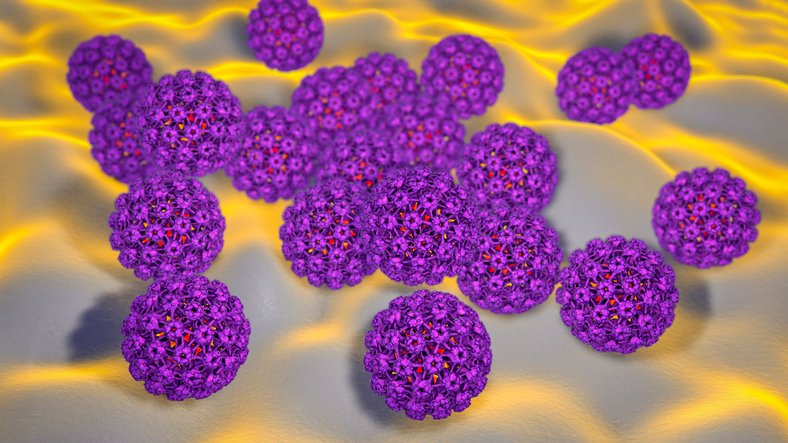Some drug treatments, particularly those that include high-dose protein-based therapeutics, are only available as an intravenous (IV) infusion. These protein therapeutics, which need to be delivered as dilute solutions that avoid protein aggregation and remain stable, require high doses to be effective. Not only does this mean time-consuming treatments for patients, but this route of delivery also requires trained personnel and clinical infrastructure.
Now, researchers have developed a new delivery platform that allows these drugs to be stored and delivered in much higher concentrations. With this new formulation method, many protein therapeutics could be injected with a standard syringe or autoinjector device.
This work is published in Science Translational Medicine in the paper, “Ultra-high concentration biologic therapeutics enabled by spray drying with a glassy surfactant excipient.”
“This is a platform that potentially works with any biologic drug, so that we can inject it easily,” said Eric Appel, PhD, associate professor of materials science and engineering at Stanford University. “That takes these treatments from a several-hour ordeal at a clinic with an IV infusion to something you can do in seconds with an autoinjector at your house.”
When dissolved in high concentrations, many protein therapeutics are prone to aggregation, which makes them too viscous to inject or able to elicit an immune response.

Appel and his colleagues developed a polyacrylamide copolymer, MoNi, that has a particularly high glass transition temperature— meaning that it stays solid and glass-like at warmer temperatures, when typical drug additives would become soft and tacky. By mixing MoNi into water with a protein drug, aerosolizing it into tiny droplets, and evaporating the water (spray drying) the researchers were able to create a fine powder made of tiny particles of protein, each encased in a layer of MoNi.
“We ended up with something that looks like a candy-coated chocolate, where the protein is on the inside and our special polymer forms a solid, glassy coating on the outside,” Appel said.
The researchers mixed this powder into a liquid that suspends the drug particles, but won’t dissolve them. The MoNi coating prevents the particles from sticking together and keeps the proteins in a dry, stable state until the liquid suspension is injected into the body.
“Because the microparticles are spherical and have smooth surfaces, they’re able to roll over each other and still be able to go through tiny needles and be injected into a person, but you can hit really, really, high concentrations,” said Carolyn Jons, a doctoral student in Appel’s lab.
The researchers tested their method on three different proteins—albumin, human immunoglobulin, and a monoclonal antibody treatment for COVID-19. They were able to reach concentrations exceeding 500 mg/mL—more than double the concentration of typical liquid injections. The formulations also remained stable at a wider array of temperatures than typical liquid formulations.
Spray drying is a fairly common process in the pharmaceutical industry and MoNi has already been evaluated in several preclinical models with no adverse effects, so the researchers are optimistic that it will be able to be approved for clinical use. They have already licensed the technology to a local startup, which is working to refine the process and eventually use it to develop new drug products.
“There are a lot of molecules that are promising drugs, but that you cannot turn into a drug product because they’re just too unstable given the constraints of currently available technologies,” Appel said. “This platform is really sophisticated in its ability to stabilize proteins and enable new drug products that would not normally be feasible, and which can be administered in a way that is much less burdensome.”
The post IV Therapies Transformed into Injections with a Novel Spray Drying Platform appeared first on GEN – Genetic Engineering and Biotechnology News.




